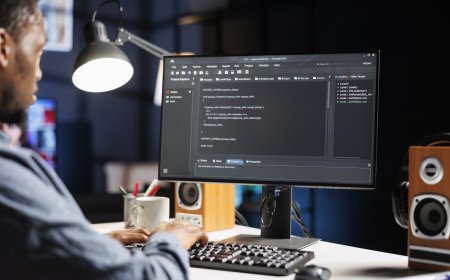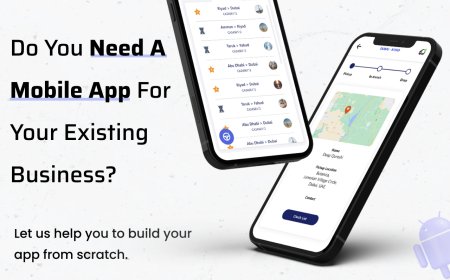Reducing Human Error on the Factory Floor with VR-Based Learning Tools
Discover how immersive VR technology solutions help reduce human error in manufacturing by providing interactive, risk-free training for equipment operation, safety protocols, and maintenance tasks.
In todays fast-paced manufacturing environment, even minor human errors can lead to costly downtime, product defects, safety incidents, or equipment damage. While automation handles many repetitive tasks, factory floors still depend heavily on skilled operators and technicians for setup, supervision, maintenance, and critical decision-making. In such a setting, consistent and effective training is vitalnot only for improving productivity but also for minimizing mistakes that affect the bottom line.
Advanced vr technology solutions are now offering a transformative way to tackle this challenge. These immersive tools provide a safe, interactive, and repeatable learning environment for manufacturing workers. By simulating real-life scenarios and workflows, VR-based learning ensures that employees gain hands-on experience without any associated risks. As industries continue embracing digital transformation, using intelligent vr technology solutions for workforce training has emerged as a proactive and scalable strategy for reducing human error across factory operations.
Understanding the Impact of Human Error in Manufacturing
-
Costly Mistakes
Errors during machine operation, assembly, or maintenance can lead to production delays, quality issues, or damaged machinery. -
Safety Hazards
Mistakes made in high-risk environments can jeopardize worker safety and lead to regulatory violations. -
Inefficient Training
Traditional training methods like manuals, videos, or shadowing lack interactivity and fail to prepare workers for high-pressure situations. -
Inconsistent Knowledge Transfer
On-the-job training often depends on senior staff availability and may vary in depth and clarity across teams.
How VR-Based Learning Enhances Operator Performance
-
Immersive, Scenario-Based Training
VR modules place workers inside virtual replicas of machines and factory floors, allowing them to experience and respond to real operational challenges. -
Error-Friendly Environment
Employees can safely make and learn from mistakes during simulation without damaging equipment or interrupting production. -
Consistent and Scalable Training
VR ensures standardized instruction across shifts and facilities, minimizing variability in training quality. -
Reinforcement Through Repetition
Workers can practice complex or infrequent tasks as many times as needed, improving retention and confidence.
Key Applications of VR Training in Manufacturing
-
Equipment Operation
Simulated machine control panels and sequences help workers gain familiarity with functions, reducing errors during actual operation. -
Assembly Procedures
Step-by-step VR training ensures that workers understand proper part placement, torque specifications, and tool use. -
Maintenance Routines
Workers can practice scheduled maintenance, diagnostics, and emergency procedures in a safe virtual space. -
Safety Protocols
Emergency drills and hazard recognition scenarios prepare workers to respond calmly and correctly in critical moments.
Business Benefits of Reducing Human Error with VR
-
Improved First-Time Accuracy
Workers trained through VR make fewer mistakes, improving product quality and reducing the need for rework. -
Lower Downtime and Maintenance Costs
Proper handling of machines prevents unnecessary breakdowns, enhancing overall equipment efficiency. -
Enhanced Worker Engagement
Interactive learning increases motivation and focus compared to passive methods like lectures or manuals. -
Faster Onboarding and Cross-Training
New hires and multi-role workers can get up to speed more quickly with VR training modules.
Implementing VR Technology Solutions Effectively
-
Identify Error-Prone Areas
Analyze operational data to find frequent sources of mistakes, then prioritize them for VR simulation. -
Customize Learning Modules
Tailor the content to reflect actual workflows, equipment models, and safety requirements specific to the factory. -
Integrate with Existing Systems
Combine VR learning tools with Learning Management Systems (LMS) for performance tracking and certification. -
Gather Feedback and Iterate
Use trainee data and feedback to refine modules over time, ensuring continuous improvement.
Conclusion
Reducing human error on the factory floor is no longer just a matter of better supervisionit requires smarter, more immersive learning tools that align with todays complex manufacturing systems. With intelligent vr technology solutions, companies can simulate critical tasks, reinforce best practices, and ensure workforce readiness in a controlled and engaging environment. The result is a safer, more accurate, and more confident workforce that directly contributes to operational excellence and competitive advantage. As manufacturers seek to future-proof their operations, VR-based training is quickly becoming an essential part of the industrial learning ecosystem.














































